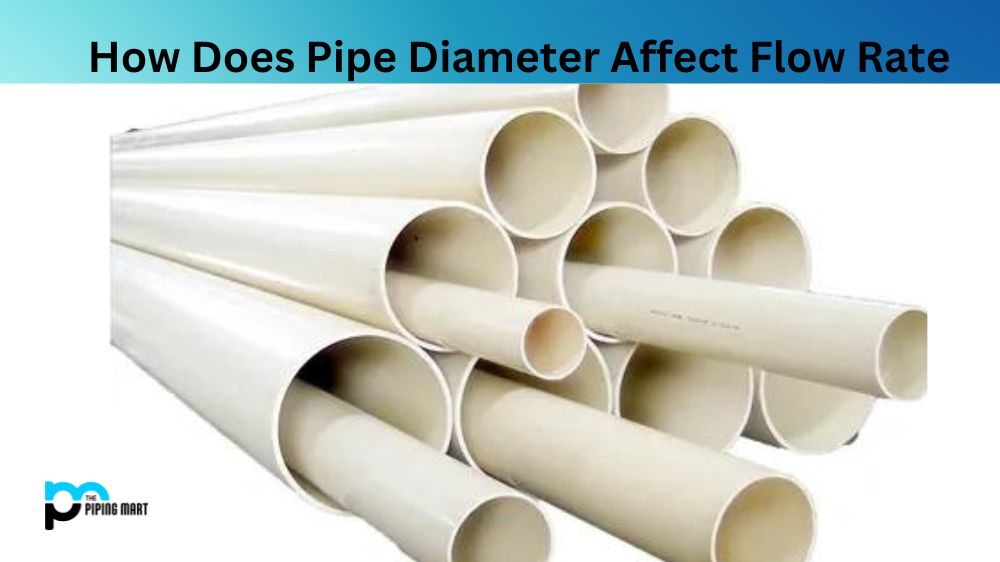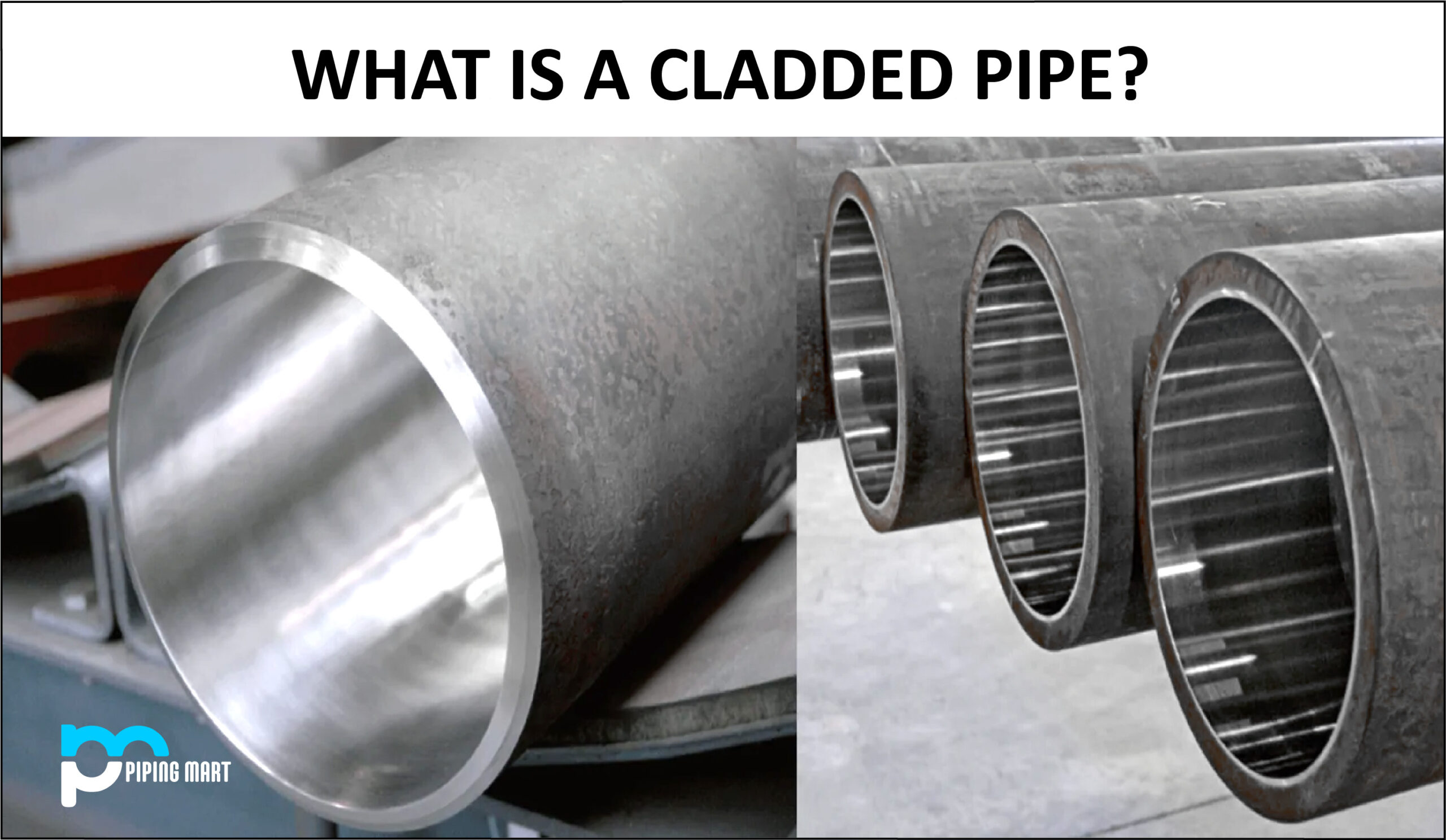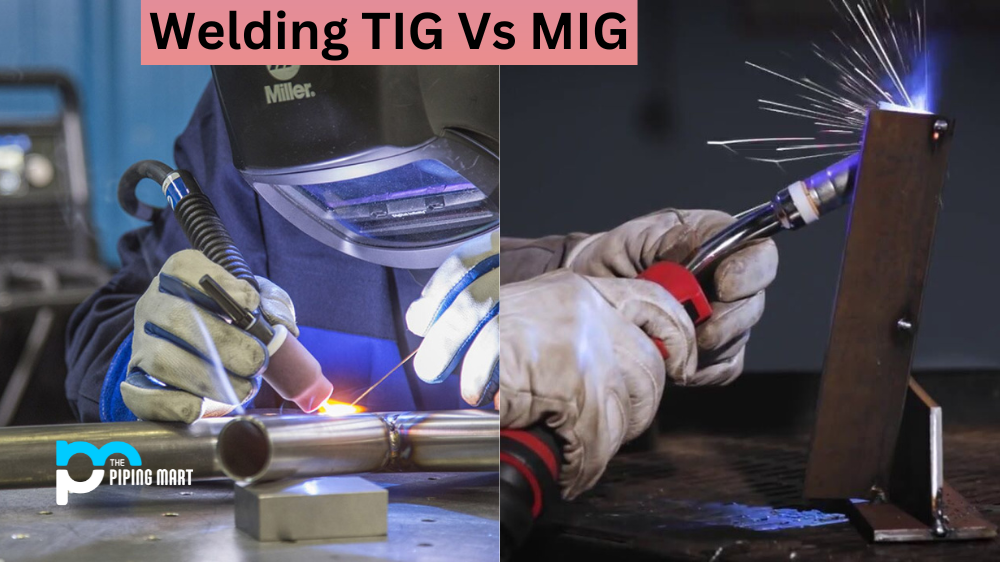When a gas or liquid reaches a specific pressure, pressure regulators are valves that automatically stop the flow of that substance. Regulators are also used to lower the pressure in high-pressure fluid supply tanks or lines so that it is usable and safe for a variety of purposes. Many typical domestic and commercial uses, including heating furnaces, gas grills, and even medical and dental equipment, use pressure regulators.
How does it work?
A pressure regulator works to maintain the desired outlet pressure despite variations in the supply (or inlet) pressure by reducing the inlet pressure to a lower outlet pressure. The basic function of pressure regulators is to lower the outlet pressure from the higher inlet pressure.
Therefore, the major job of a pressure regulator is to maintain a constant output pressure while adjusting the flow of gas through it to the demand for gas placed upon it. If the flow of the load drops, so must the flow of the regulator. The regulator flow must increase as the load flow does in order to prevent the controlled pressure from dropping owing to a lack of gas in the pressure system.
Types of pressure regulator
- Single-Stage Pressure Regulator – Used to reduce pressure by only a modest amount, often between 100 and 150 psi. used for test stands, machine tools, linear actuators, automated equipment, leak testing apparatus, etc.
- dual stage pressure regulator (suitable for significant changes in the inlet pressure) and
- three stage pressure regulator (which can withstand greater pressure decrease) offer a consistent outlet pressure. UAVs, medical equipment, analytical tools, hydrogen fuel cells, and other common examples are provided.
- Back pressure regulator – It is a particular kind of pressure regulator that keeps an estimated pressure at its inlet. When any fluid exceeds the predetermined force, this regulator releases the excess pressure. Unlike other regulators, which lower higher strength instead of limiting the force at their channels, this regulator regulates higher pressures at the bay. The regulator restricts pressure to the permitted lever by opening itself.
- Dome loaded pressure regulator – One of the pressure regulators that is controlled by gas pressure is the dome loaded regulator. A pilot gas inside the regulator produces the force needed to lower the inlet pressure at the valve. The pilot gas is delivered to the chamber while the gas that has to be regulated travels through the dome to reach the valve seat. The pilot gas is controlled by an input pilot gas regulator.
- Spring loaded pressure regulator – The spring-loaded pressure regulator is used to control the pressure of a gas or liquid that is working its way through a container in either a steady or irregular flow. The valve of the spring-loaded pressure regulator has a spring that aids in controlling the fluid’s pressure. The regulator is under pressure from the fluid inside the container, but the firm spring fights the force. When the pressure rises too high, the spring automatically contracts, opening the valve and releasing the excess pressure.
Thus, A valve known as a pressure regulator automatically regulates the flow of gases and liquids when they reach a certain absolute pressure.

Pipingmart is B2B portal specializes in industrial, metal and piping products. Also, share latest information and news related to products, materials and different types grades to help business dealing in this industry.




